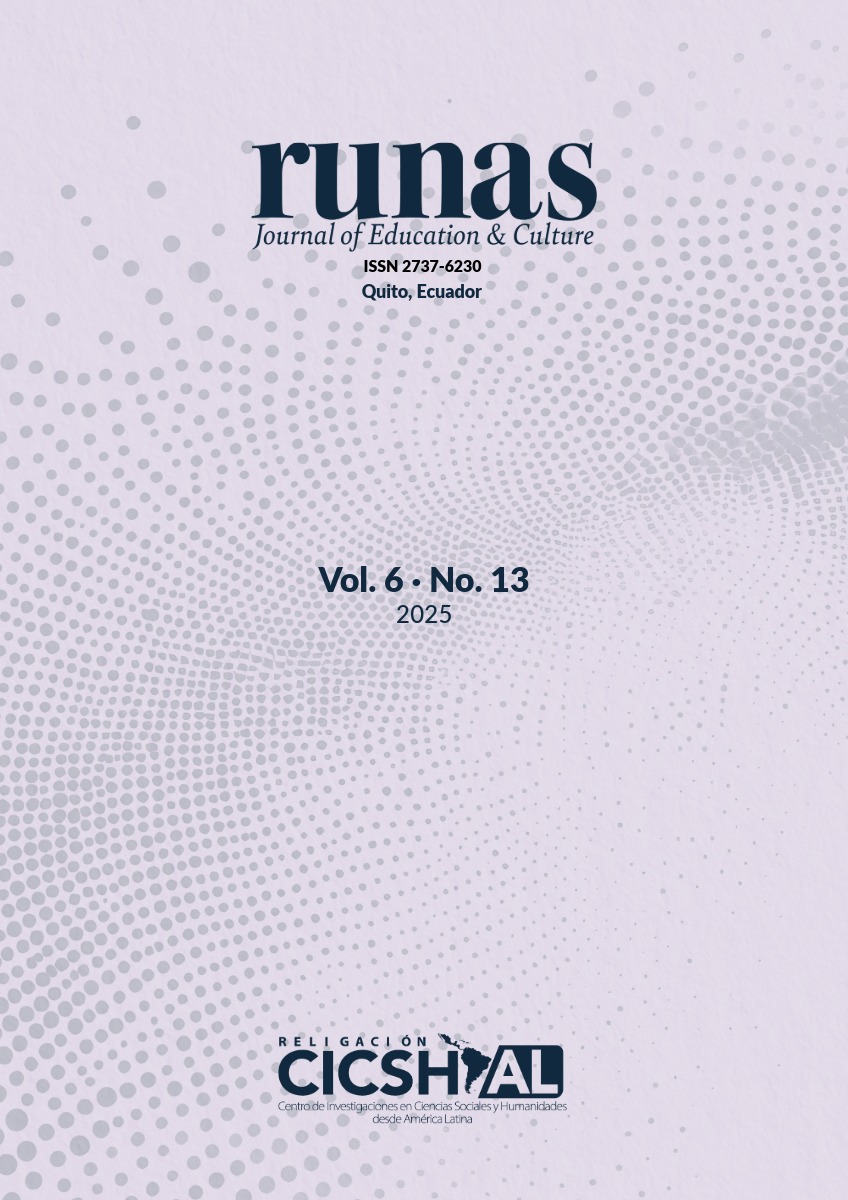Abstract
This article analyzes organizational culture as a strategic axis for the institutional transformation of the Ecuadorian Army. It starts from the recognition that shared values, principles, and practices are a key factor in the internal cohesion, public legitimacy, and operational effectiveness of military organizations. The objective of the study was to understand how organizational culture is conceptualized, planned, and implemented within the Army's transformation process, particularly within the framework of the 2022–2033 Transformation Plan. The methodology used was qualitative, based on the documentary analysis of institutional plans, national regulations, and specialized academic literature. The results show that the Army has placed organizational culture at the forefront of strategic change, developing phased objectives (T1, T2, T3) that range from ethical training and leadership to the consolidation of the military ethos. In addition, the use of instruments to measure organizational climate and culture was identified, as well as the integration of cultural content into education and institutional communication. The discussion reflects on the main challenges, such as resistance to change and the importance of leadership by example. It is concluded that strengthening institutional culture is essential to successfully address contemporary challenges, ensuring a coherent, adaptable organization that is focused on its constitutional mission.
References
Addaty, E. (2020). Filosofía de la cultura organizacional. ESFORSE. Ejército Ecuatoriano. Quito – Ecuador.
Aguilar, E. (2022). Cultura Organizacional y Liderazgo en el Ejército. Revista Seguridad y Poder Terrestre, 1(1).
DTDM. (2022). Plan de Transformación de la Fuerza Terrestre 2022-2033, Dirección de Transformación y Desarrollo Militar.
DPGE. (2017). Plan de cambio y cultura organizacional. Dirección de Planificación y Gestión Estratégica.
García, C. (2005). Una aproximación al concepto de cultura organizacional. Universitas Psychologica, 5(1), 163-174.
Hatch, M. (1997). Organization theory. University Press.
Hernández, R., Fernández, C., & Baptista, P. (2014). Metodología de la investigación. McGraw-Hill Education.
Heskett, J., Sasser, E., Wheeler, J. (2008). 10 Reasons to Design a Better Corporate Culture. http://hbswk.hbs.edu/item/5917.html
Hofstede, G. (1999). Culturas organizacionales: El software mental. Alianza Editorial.
Podestá, M. (2012). La cultura organizacional militar. Una aproximación a sus fundamentos…y a su complejidad. Escuela Superior de Guerra Conjunta de las Fuerzas Armadas Argentinas.
Rivas, L. (1993). Cultura Organizacional. Universidad De Los Andes.
Schein, E. (1988). La Cultura Empresarial y Liderazgo: Una visión dinámica. Plaza & Janes.
Smircich, L. (1983). Concepts of culture and Organizational Analysis. Administrativa Science Quaterly, 28, 339-358.
Vallenilla, F. (2006). Cultura organizacional y posmodernidad. Una aproximación al caso Venezuela. Revista NEGOTIUM, (3), 16-39.

This work is licensed under a Creative Commons Attribution-NonCommercial-NoDerivatives 4.0 International License.
Copyright (c) 2025 Daniel Alfredo Chamorro Enríquez





